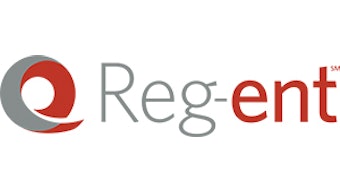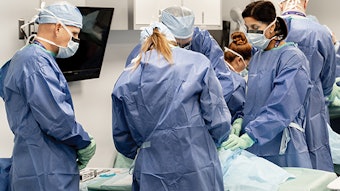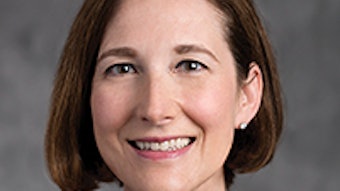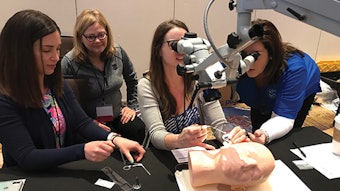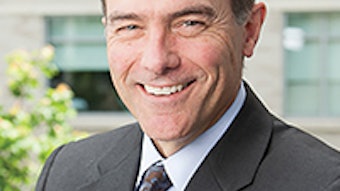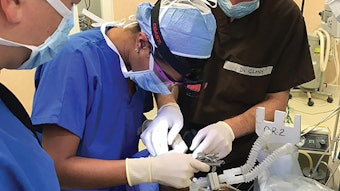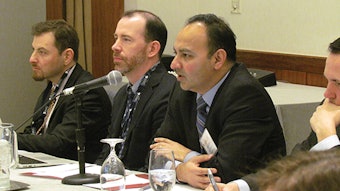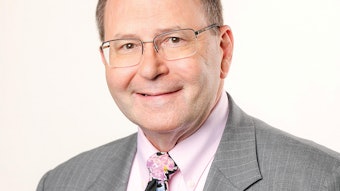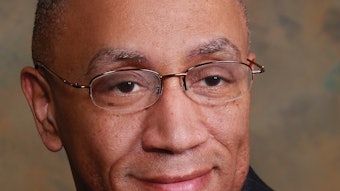Transition to In-office Treatments: Laryngology
It is often said that what was once old becomes new again. Prior to the advent of modern general anesthetic techniques, otolaryngologists were already at the forefront of in-office procedures, such as in-office tonsillectomy and supraglottic biopsy.
For the Voice Committee: Joseph P. Bradley, MD
It is often said that what was once old becomes new again. Prior to the advent of modern general anesthetic techniques, otolaryngologists were already at the forefront of in-office procedures, such as in-office tonsillectomy and supraglottic biopsy. We then transitioned to doing many procedures under general anesthesia for decades. And now, in the age of healthcare efficiency, our specialty has really examined what should be done in the operating room versus in the office.
Otolaryngology is a unique specialty whereby many of the anatomical structures are easily accessible to practitioners for diagnosis and treatment in a clean-contaminated space without having to traverse large body cavities. In the modern era of otolaryngology, this can be easily exemplified through the use of flexible laryngoscopy, a ubiquitous tool in the hands of all otolaryngologists.
“ Otolaryngology is a unique specialty whereby many of the anatomical structures are easily accessible to practitioners for diagnosis and treatment in a clean-contaminated space without having to traverse large body cavities. In the modern era of otolaryngology, this can be easily exemplified through the use of flexible laryngoscopy, a ubiquitous tool in the hands of all otolaryngologists. ”
Within the subspecialty of laryngology, we have been pushing the boundaries of what can be done in the in-office or awake setting for a number of years. Advances in camera technology now give us high-definition views of the vibratory surfaces of the vocal folds to identify more subtle pathology even using flexible endoscopic technique, not just using rigid endoscopy.
Treatment of unilateral vocal fold paralysis through percutaneous or peroral techniques is likely the most common in-office procedure that comes to mind when thinking of laryngology. When done awake, patients’ voices can be titrated real-time to the injection in a way that cannot be accomplished under direct laryngoscopy in the operating room for improved vocal outcomes.
Additionally, flexible laryngoscopes have “borrowed” the idea of channels from our sibling specialties—pulmonology and gastroenterology—that enable us to perform interventional techniques under local anesthesia. The KTP fiber-based laser can be used to treat recurrent respiratory papillomatosis, polyps, dysplasia, and other lesions. Steroids can be delivered through the channel to treat subglottic stenosis or vocal fold scar. Transnasal esophagoscopy enables screening for esophageal lesions such as Barrett’s esophagus. The technique can also be used for placement of tracheoesophageal prostheses and dilation of esophageal strictures.
Patients and the healthcare system receive advantages from the use of in-office treatments. By avoiding sedation, patients experience less downtime and are able to resume their normal daily living activities on the same day. The healthcare system avoids the costs of general anesthesia and operating room time. Depending on practice location, a facility fee may or may not be included.
However, there are up-front considerations. There is a learning curve for providers, which can sometimes be steep. As more laryngologists are trained and remain in academia, our resident trainees learn these techniques and take them out into practice. Additionally, transnasal esophagoscopes and channeled laryngoscopes are more expensive. As an alternative, there are channeled sheaths that may be utilized on preexisting flexible laryngoscopes for doing interventions.
Throughout this transition to in-office treatment over the past few decades, the Academy and its Voice Committee have advocated for its acceptance and reimbursement by CMS and third-party payers. While the techniques had been in use for a number of years, in 2014, codes were approved for transnasal esophagoscopy, and in 2017, interventional flexible laryngoscopy codes were released that afforded reimbursement for the professional fee and also covered the cost of materials (injectables, laser fibers, etc.).
Encouraging innovation and the use of procedural techniques that decrease costs while improving healthcare efficiency not only advances our field but contributes to patient quality of life and hopefully improved outcomes. Our subspecialty and the members of our Voice Committee are proud in how we have advanced otolaryngology-head and neck surgery.

